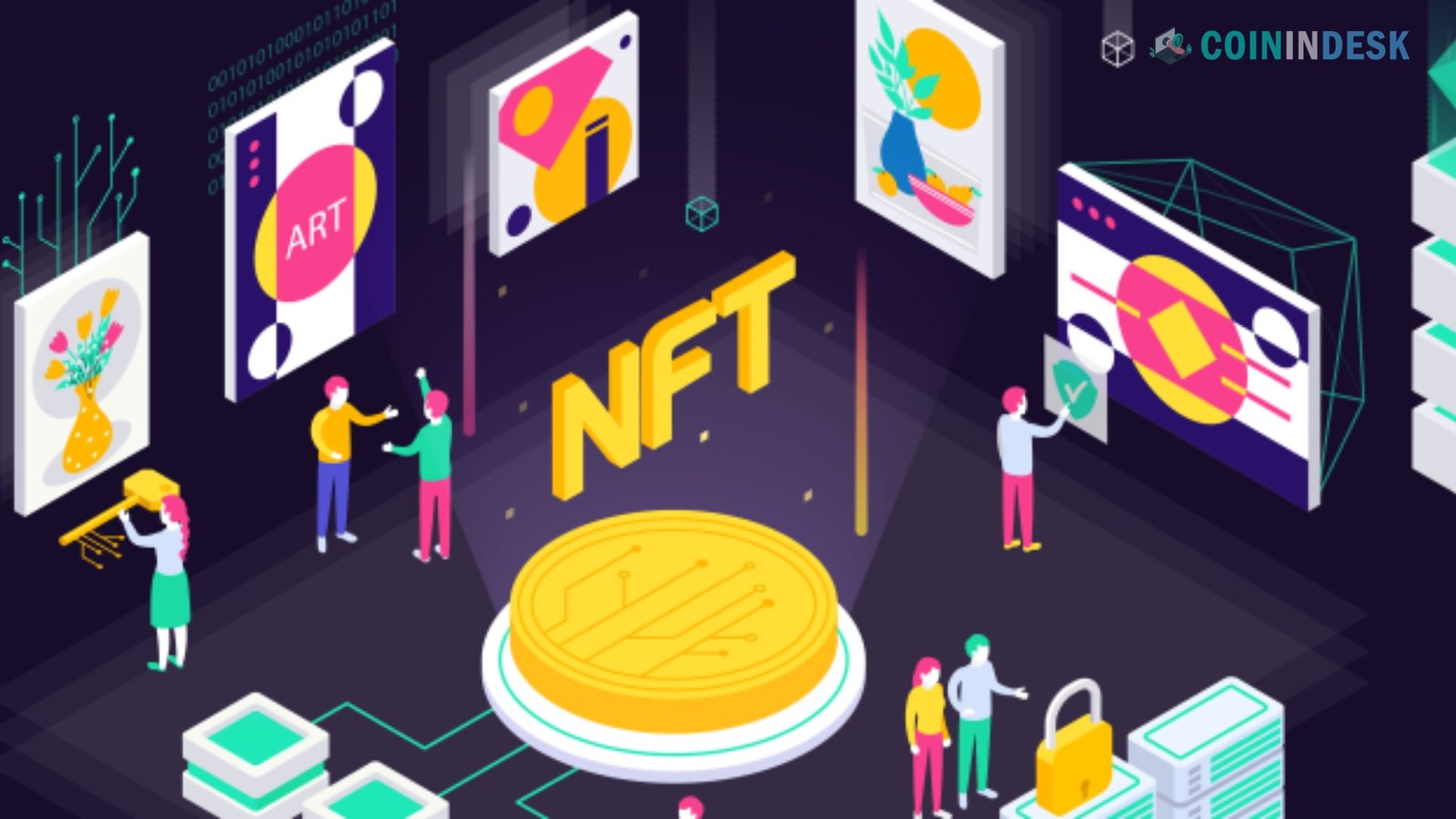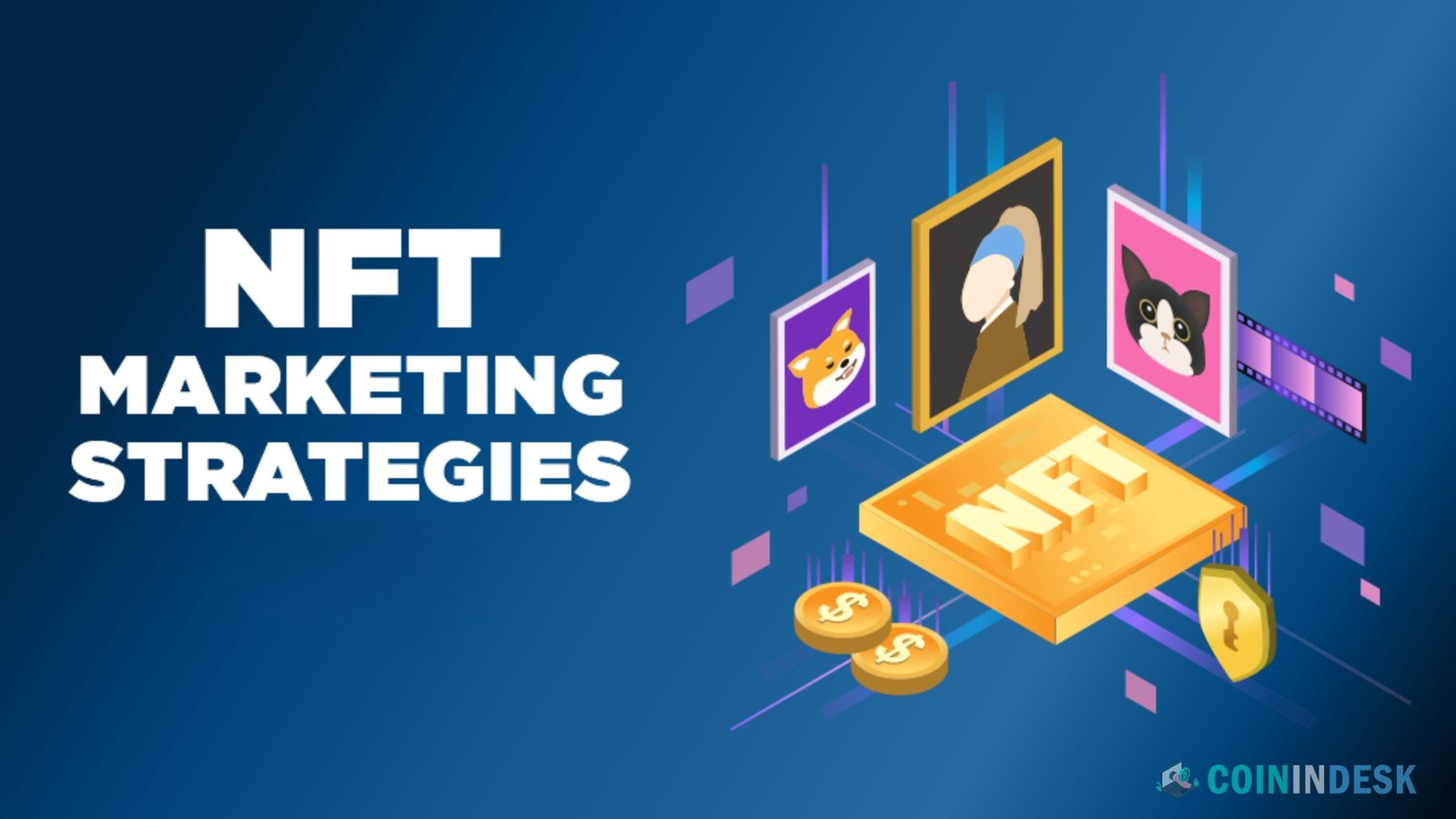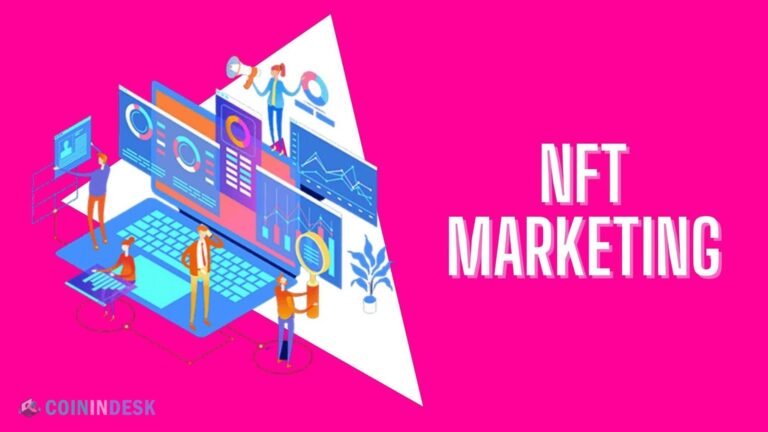NFT Marketing: Non-fungible tokens (NFTs) are game-changers in the dynamic digital world that help identify and transfer ownership of valuable digital assets. A wide range of sectors have begun to accept NFTs, opening up new possibilities for companies, collectors, and artists in the digital art, music, real estate, and gaming industries. There is a growing need for innovative marketing approaches in the NFT industry. The most recent developments, tactics, and predictions in NFT marketing are explored in this article.
Understanding the NFT Market
Before diving into marketing strategies, it’s essential to understand the NFT market’s current state. The NFT market has grown exponentially since its inception, with platforms like OpenSea, Rarible, and Foundation leading the charge. According to recent reports, the NFT market saw a significant surge in 2021, with billions of dollars in sales. However, like any emerging market, NFTs have faced volatility, with periods of rapid growth followed by corrections.
Despite the fluctuations, NFTs are more than a passing trend. They have established themselves as a legitimate asset class, attracting attention from major brands, celebrities, and even traditional financial institutions. The key to success in this market lies in understanding its nuances and leveraging innovative marketing techniques.
Key NFT Marketing Strategies
Building a Strong Community
One of the most critical aspects of NFT marketing is community building. NFTs thrive on the enthusiasm and support of a dedicated community. Platforms like Discord, Telegram, and Twitter have become essential tools for NFT projects to connect with their audience. Regular updates, AMAs (Ask Me Anything) sessions, and exclusive content can help foster a sense of belonging among community members.
Brands and creators should focus on creating value for their community. This could include offering early access to drops, exclusive NFTs for loyal members, or involving the community in decision-making processes. A strong, engaged community boosts sales and helps in organic marketing as members share their enthusiasm with others.
Leveraging Influencers and Collaborations
Influencer marketing has become a powerful tool in the NFT space. Collaborating with influencers with a strong following in the crypto and digital art communities can significantly increase a project’s visibility. These influencers can help introduce NFTs to a broader audience, driving interest and sales.
Collaborations between artists, brands, and influencers can create unique NFT collections that appeal to diverse audiences. For instance, a well-known artist partnering with a popular brand can result in an NFT drop, attracting art collectors and brand loyalists. These collaborations can generate buzz and drive sales, especially if they are limited edition or have exclusive perks.
Utilizing Social Media and Content Marketing
Social media remains one of the most effective channels for NFT marketing. Platforms like Twitter, Instagram, and TikTok are popular among the NFT community. Regularly posting updates, teasers, and behind-the-scenes content can help maintain interest and build anticipation for upcoming drops.
Content marketing, including blogs, videos, and podcasts, can also significantly help educate potential buyers about NFTs. Many people are still unfamiliar with NFTs, so providing educational content can help demystify the process and attract new buyers. Additionally, storytelling can be a powerful tool in NFT marketing. Sharing the story behind a particular NFT or collection can create an emotional connection with potential buyers, making them more likely to purchase.
Creating Scarcity and Exclusivity
One of the main appeals of NFTs is their uniqueness and scarcity. Marketing strategies that emphasize these aspects can be highly effective. Limited edition drops, timed auctions, and exclusive content for early adopters can create a sense of urgency and drive sales.
Moreover, creating tiered access levels or benefits based on ownership of certain NFTs can foster a sense of exclusivity. For example, owning a specific NFT could grant access to private events, exclusive merchandise, or early access to future drops. These strategies can help build a loyal customer base and encourage repeat purchases.
Emphasizing Utility and Real-world Applications
While NFTs started primarily as digital collectibles, the market is evolving towards more utility-based NFTs. These NFTs offer real-world applications, such as access to virtual worlds, gaming assets, or even ownership of physical items. Highlighting an NFT’s utility can make it more appealing to a broader audience.
For instance, in the gaming industry, NFTs can represent in-game assets that players can own, trade, or use across different games. Similarly, NFTs can grant access to virtual events, exclusive content, or membership benefits. By emphasizing the practical uses of NFTs, marketers can attract buyers interested in more than just digital art.
Trends Shaping NFT Marketing
The Rise of the Metaverse
The metaverse concept has gained significant traction recently, with companies like Facebook (now Meta) and Microsoft investing heavily in virtual worlds. NFTs play a crucial role in the metaverse, serving as the building blocks of digital ownership. As the metaverse grows, so will the demand for NFTs representing virtual real estate, avatars, and other digital assets.
Marketing in the metaverse offers unique opportunities. Brands can create immersive experiences, virtual stores, and exclusive metaverse events to engage with their audience. NFTs can serve as tickets, collectibles, or even virtual products within these environments. Marketers must adapt their strategies to this new digital frontier as the metaverse becomes more mainstream.
Sustainability Concerns and Green NFTs
Environmental concerns have been a significant issue in the NFT space, particularly due to the energy consumption of blockchain networks like Ethereum. In response, there has been a growing interest in “green NFTs” minted on eco-friendly blockchain platforms or using layer-2 solutions to reduce energy consumption.
Marketing efforts that highlight sustainability can resonate with environmentally conscious consumers. Projects that prioritize carbon offsets use eco-friendly blockchains, or donate a portion of sales to environmental causes can attract positive attention and build trust with their audience.
Integration with Traditional Brands
Traditional brands are increasingly exploring NFTs to engage with their audience and create new revenue streams. Various industries are experimenting with NFTs, from fashion and sports to entertainment and food. These brands often have established marketing channels and large customer bases, giving them a significant advantage in the NFT space.
For instance, luxury fashion brands create digital NFTs that customers can wear in virtual worlds. Sports teams are offering NFTs as collectible memorabilia or as part of fan engagement programs. As more traditional brands enter the NFT space, marketing strategies must bridge the gap between the physical and digital worlds.
The Future of NFT Marketing
The future of NFT marketing lies in innovation and adaptation. As the market continues to evolve, so will the strategies used to promote NFTs. To succeed, marketers will need to stay ahead of trends, leverage new technologies, and continuously engage with their communities.
Key areas to watch include the integration of AI and machine learning in NFT creation and marketing, the expansion of the metaverse, and the development of more sustainable NFT practices. Additionally, as regulations around NFTs and cryptocurrencies continue to develop, marketers will need to navigate these changes carefully to ensure compliance and build trust with their audience.
Conclusion
NFT marketing is a dynamic and rapidly evolving field that requires a deep understanding of the market, innovative strategies, and a strong focus on community engagement. As NFTs continue to gain mainstream acceptance, the opportunities for creators, brands, and marketers will only grow. By staying informed about the latest trends and leveraging effective marketing techniques, stakeholders can position themselves for success in this exciting new frontier.


